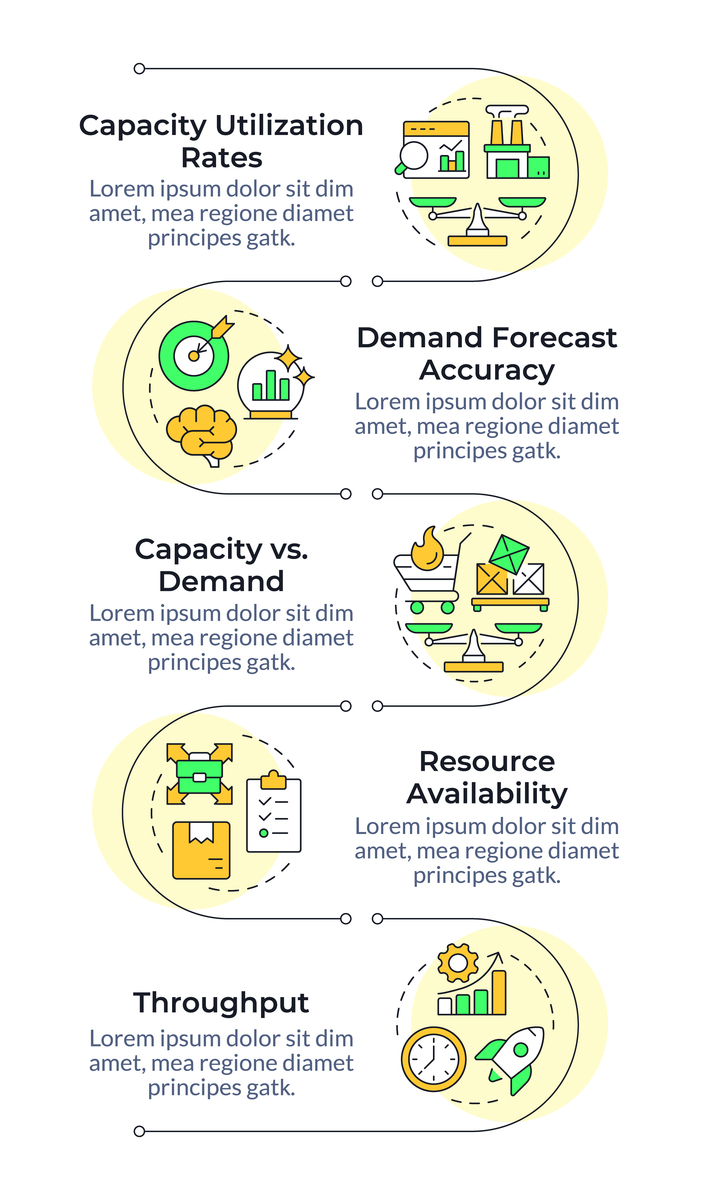Can the differential interference contrast method be seen as an development of the zernike phase contrast method
Yes, the differential interference contrast (DIC) method can be seen as a development of the Zernike phase contrast method. Both methods are used in microscopy to enhance the contrast of transparent specimens that lack inherent contrast.
The Zernike phase contrast method was developed by Dutch physicist Frits Zernike in the 1930s. It utilizes a phase plate to convert phase variations in the specimen into intensity variations, thereby creating contrast. However, this method has limitations, such as low sensitivity and difficulty in visualizing thick specimens.
In the 1950s, DIC microscopy was developed as an improvement over phase contrast microscopy. It uses a specialized optical system that splits the incident light into two beams, which pass through the specimen and recombine to form an interference pattern. This interference pattern is then visualized to provide contrast. DIC microscopy provides higher sensitivity, better resolution, and the ability to visualize thick specimens compared to phase contrast microscopy.
Therefore, DIC microscopy can be seen as a development and improvement of the Zernike phase contrast method, offering enhanced contrast and visualization capabilities

原文地址: https://www.cveoy.top/t/topic/iOfu 著作权归作者所有。请勿转载和采集!